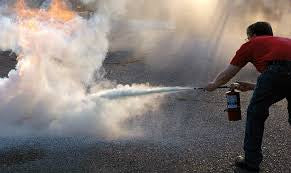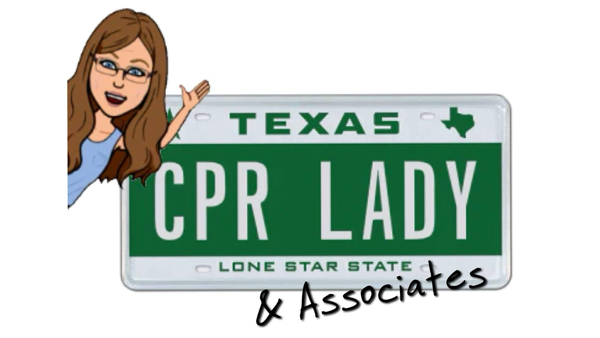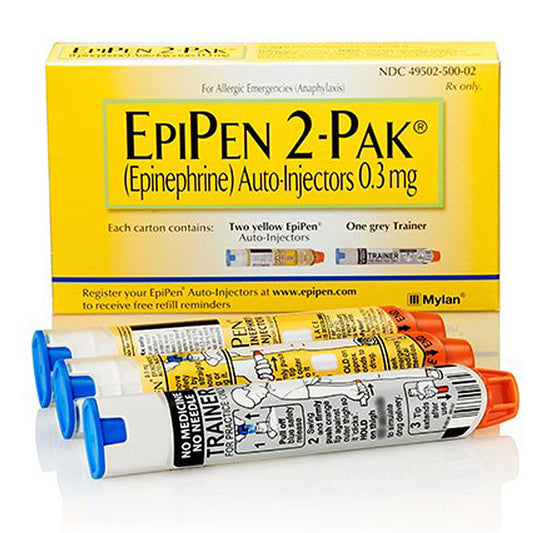
Basics of Using a Fire Extinguisher
William BeauregardShare
Fire extinguishers are an essential safety tool that everyone should know how to use. In case of a fire emergency, having the knowledge and skills to operate a fire extinguisher properly can make a significant difference in saving lives and property. In this post, we'll go through the steps on how to use a fire extinguisher correctly.
Step 1: Assess the Fire Before using a fire extinguisher, it's essential to assess the fire's size and type. Make sure the fire is small and contained. If the fire is too big or out of control, do not attempt to put it out yourself. Call the fire department and evacuate the area immediately.
Step 2: Identify the Extinguisher Type Fire extinguishers come in different types, and each is designed to put out a specific type of fire. Make sure you know which type of fire extinguisher you have and the type of fire it's suitable for. The four most common types of fire extinguishers are:
Class A - for fires that involve wood, paper, cloth, or other common combustibles. Class B - for fires that involve flammable liquids such as gasoline, oil, or grease. Class C - for fires that involve electrical equipment. Class D - for fires that involve combustible metals such as magnesium or titanium.
Step 3: Remember the PASS Technique The PASS technique is a simple acronym that can help you remember the steps to use a fire extinguisher. It stands for:
P - Pull the pin on the fire extinguisher. A - Aim the nozzle at the base of the fire. S - Squeeze the handle of the fire extinguisher to release the agent. S - Sweep the nozzle from side to side, covering the area of the fire.
Step 4: Use the Fire Extinguisher Now that you have assessed the fire, identified the extinguisher type, and remembered the PASS technique, it's time to use the fire extinguisher. Follow these steps:
- Pull the pin located on the handle of the extinguisher.
- Aim the nozzle at the base of the fire, not the flames.
- Squeeze the handle to release the extinguishing agent. Use a sweeping motion while spraying the agent back and forth across the base of the fire.
- Move closer to the fire as it begins to diminish. Be prepared to stop using the extinguisher if the fire re-ignites.
Step 5: Evacuate the Area Even if you have successfully put out the fire, it's essential to evacuate the area immediately. Fires can reignite, and the smoke and fumes can be harmful.
In conclusion, using a fire extinguisher correctly can save lives and property. Always remember to assess the fire, identify the extinguisher type, remember the PASS technique, use the extinguisher, and evacuate the area. By following these simple steps, you can help prevent fires from getting out of control and causing significant damage.



